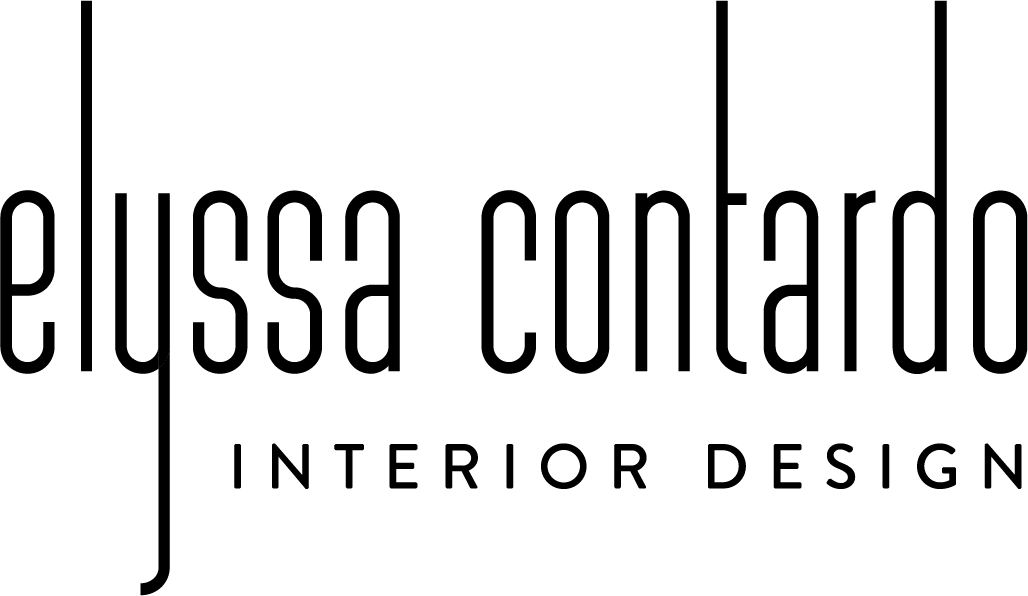Interior Design with Wood
Wood is a versatile and timeless material that can bring warmth, texture, and natural beauty to interior design. Whether you’re aiming for a rustic farmhouse look, a sleek modern aesthetic, or something in between, here are some ideas for incorporating wood into your interior design:
1. Wood Flooring
Hardwood Floors: Classic and durable, hardwood floors can be finished in various stains and finishes to match any decor style.
Engineered Wood: Provides the look of hardwood with more stability and resistance to moisture.
Wood Tiles: Ideal for areas prone to moisture, like bathrooms, but still gives the appearance of wood.
2. Wood Walls
Paneling: Traditional or contemporary paneling can add character to any room.
Accent Walls: A feature wall made of reclaimed wood or a statement wood pattern can create a focal point.
Shiplap: Popular in farmhouse and coastal designs for its clean lines and texture.
3. Furniture
Tables and Chairs: Wooden dining tables, coffee tables, and chairs can add elegance and functionality.
Cabinets and Shelving: Wooden cabinets and shelves provide both storage and style.
Bed Frames and Dressers: Wooden bedroom furniture can be crafted in various styles, from modern to rustic.
4. Wood Accents
Trim and Molding: Wood trim around windows, doors, and ceilings adds a classic touch.
Railing and Stairs: Wooden railings and staircases can be designed to fit any architectural style.
Decorative Elements: Wood frames, mirrors, and artwork can enhance your space.
5. Wood Details
Ceilings: Wooden beams or planks on the ceiling can create a cozy, inviting atmosphere.
Doors: Solid wood doors or doors with wood accents can add sophistication and warmth.
6. Mixing Materials
Wood and Metal: Combining wood with metal can create a striking contrast and a contemporary feel.
Wood and Stone: Wood pairs beautifully with stone or brick, adding natural elements and texture.
7. Finishes and Treatments
Staining: Different stains can bring out the natural grain and color of the wood.
Painting: Painted wood can make a bold statement or complement other colors in your design.
Sealing: Proper sealing helps maintain the wood's appearance and protect it from wear and moisture.
8. Sustainability
Reclaimed Wood: Using reclaimed wood can add character and history while being environmentally friendly.
Sustainable Sourcing: Choose wood that’s certified by organizations like the Forest Stewardship Council (FSC).
Design Tips:
Balance: Use wood in moderation to avoid overwhelming the space. Balance it with other materials for a harmonious look.
Texture: Vary the wood textures (smooth, rough, reclaimed) to create depth and interest.
Color Coordination: Consider the wood’s color in relation to other elements in the room to ensure it complements the overall scheme.
With its range of possibilities, wood can be adapted to fit any design vision, making it a versatile choice for adding natural beauty and warmth to your home.
